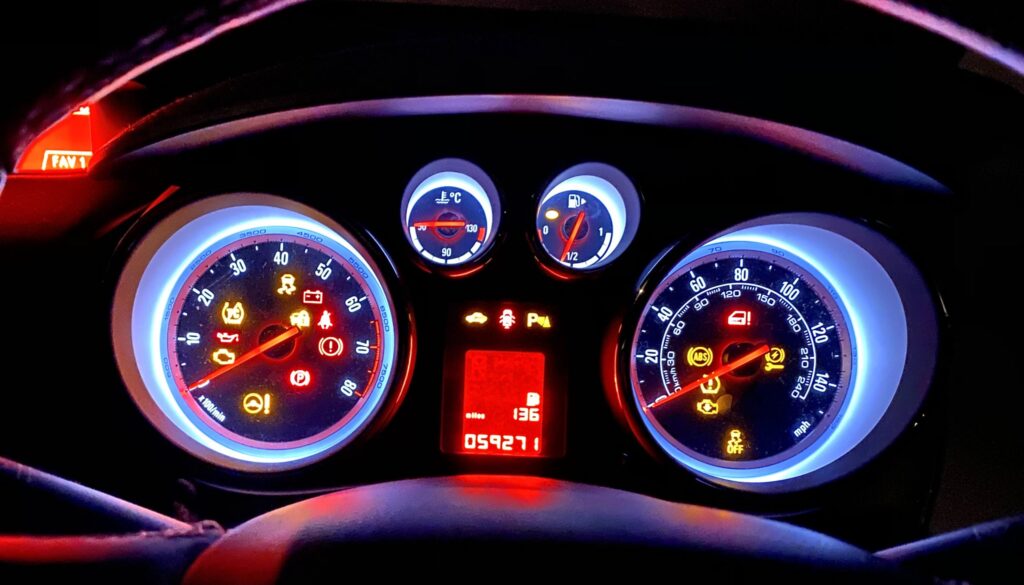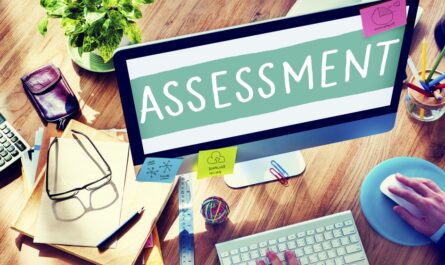If you’re a first-time driver, congratulations on taking the first step toward your independence and mobility! Getting your driver’s license is an exciting and liberating experience, but it can also be daunting and overwhelming. That’s why it’s important to start with the basics and build your skills and confidence over time. Here’s where to start as a first-time driver.
Page Contents
Know the Rules of the Road
Before you even get behind the wheel, it’s important to understand the rules of the road. This means studying your state’s driver’s manual and learning about traffic laws, signs, and signals. You should also familiarize yourself with basic car controls, such as the accelerator, brakes, steering wheel, and gear shift. If you’re not sure where to start, consider taking a driver’s education course or enlisting the help of a friend or family member who is an experienced driver. While driving games can be a fun way to pass the time, they’re no substitute for the real thing.
Practice in a Safe Environment

Once you have a basic understanding of the rules of the road, it’s time to start practicing your driving skills in a safe environment. This could mean driving in an empty parking lot or a quiet residential area with little traffic. You should focus on basic maneuvers such as turning, braking, accelerating, and backing up. It’s important to practice these skills until they become second nature, so you can focus on the road ahead.
Build Your Confidence on the Road
As you gain more experience behind the wheel, you can start to venture out onto busier roads and highways. However, it’s important to build your confidence gradually and avoid situations that make you uncomfortable. For example, you may want to avoid driving during rush hour or in inclement weather until you feel more comfortable. Remember, there’s no rush to become a perfect driver overnight. Everyone learns at their own pace.
Learn Defensive Driving Techniques
In addition to mastering basic driving skills, it’s important to learn defensive driving techniques to keep yourself and others safe on the road. This means being aware of your surroundings, anticipating potential hazards, and reacting appropriately. Defensive driving techniques can help you avoid accidents and stay in control of your vehicle at all times.
Maintain Your Vehicle
A key part of being a responsible driver is maintaining your vehicle. This means keeping up with regular maintenance, such as oil changes, tire rotations, and brake inspections. It’s also important to keep your vehicle clean and organized to avoid distractions while driving. By taking good care of your vehicle, you can ensure that it’s safe and reliable for you and your passengers.
Stay Focused and Alert

Finally, it’s important to stay focused and alert while driving. This means avoiding distractions such as texting, eating, or using your phone while driving. It also means being aware of your physical and mental state, such as getting enough sleep and avoiding driving under the influence of drugs or alcohol. By staying focused and alert, you can reduce the risk of accidents and keep yourself and others safe on the road.
Consider Additional Training
Even after you have your driver’s license, there’s always room for improvement. Consider taking additional training, such as advanced driving courses, defensive driving courses, or courses specific to driving in certain conditions such as winter driving. These courses can help you hone your skills and improve your confidence behind the wheel.
Be Prepared for Emergencies
As a driver, it’s important to be prepared for emergencies. This means keeping a first-aid kit and emergency supplies in your vehicle, such as a flashlight, jumper cables, and a tire gauge. ent. Brampton First Aid Training provides knowledge that’ll equip you with essential skills and confidence to respond effectively to emergencies. You should also know what to do in the event of an accident or breakdown, such as calling for help and safely exiting your vehicle.
Practice Safe Driving Habits

Finally, it’s important to practice safe driving habits every time you get behind the wheel. This means obeying traffic laws, such as speed limits and stop signs, and avoiding risky behaviors such as tailgating or aggressive driving. You should also always wear your seatbelt and ensure that all passengers in your vehicle are properly restrained.
Avoid Distractions
Another important factor to keep in mind as a first-time driver is the need to avoid distractions. Distracted driving can be just as dangerous as drunk driving, and it’s responsible for a significant number of accidents each year. Avoid using your phone, eating or drinking, putting on makeup, or doing anything else that might take your attention away from the road.
Stay Calm and Confident
It’s natural to feel nervous when you’re first starting out as a driver, but it’s important to stay calm and confident behind the wheel. If you start to feel overwhelmed or anxious, take a deep breath and remind yourself that you have the knowledge and skills to handle the situation. Practice positive self-talk and focus on the task at hand, and soon, driving will become second nature to you.
Know Your Car

Finally, it’s important to familiarize yourself with your vehicle. This means knowing where all the controls are, such as the turn signals, windshield wipers, and headlights, and understanding how to operate them. It also means understanding how to maintain your vehicle, such as checking the oil and tire pressure, and knowing when it’s time for routine maintenance, such as an oil change or tire rotation.
Conclusion
Becoming a first-time driver is an exciting milestone, but it requires patience, practice, and dedication. By starting with the basics, practicing in a safe environment, building your confidence on the road, learning defensive driving techniques, maintaining your vehicle, and staying focused and alert, you can become a safe and responsible driver.
Remember, practice makes perfect, so take advantage of every opportunity to get behind the wheel and hone your skills. While driving games can be a fun way to pass the time, they’re no substitute for the real thing. So get behind the wheel and start your journey as a first-time driver today!






